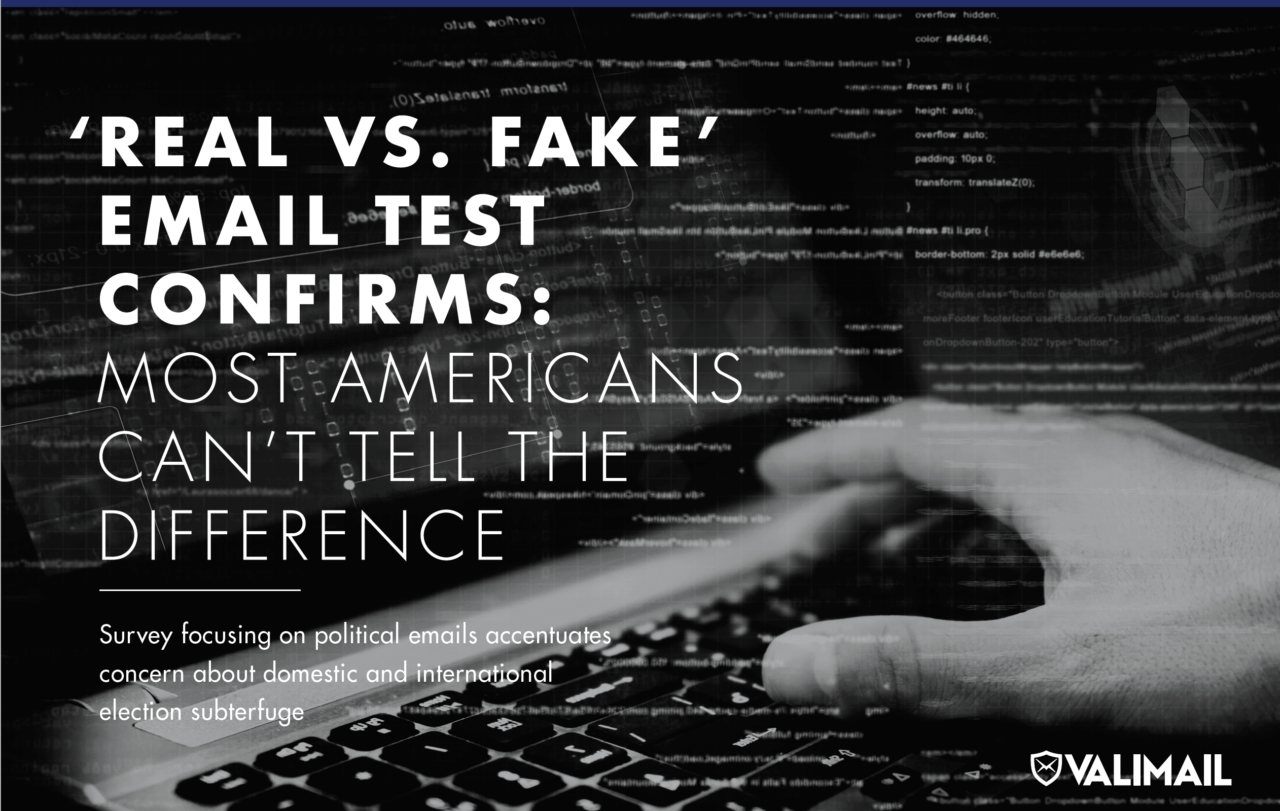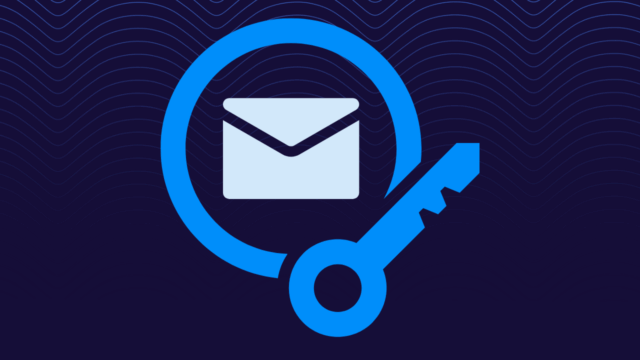Lots of pundits have been talking about the “death of email,” but let’s get real.
Email keeps growing, and we all keep using it.
It is an unmatched, critical communications tool for business on all levels: within companies, between companies, and between companies and their customers. We are using it in different ways alongside other systems, but it’s far from dead.
Internal comms:
Sure we have better tools for collaboration or internal chats, like Slack, but I doubt any of us have successfully cut out email entirely. And while chat tools are great for quick employee-to-employee communications, that’s not the only communications happening in an organization. For instance, applications sometimes need to notify their users about updates, new data, new alerts, etc. Every department has a number of business tools that help them get their jobs done, and email remains the hub for those tools. According to siftery, Uber’s technology stack is up to 268 tools! I am pretty sure Uber employees are not signing in to each tool to get updates — they know that important alerts will make it to their inbox. (Note: Uber is a Valimail customer.)
External comms:
You can’t forget about freelancers, contractors, partners, and everyone else outside of the company walls that help your business run. Even Alphabet, Google’s parent company, has more contractors than direct employees. For communicating with most of these outside partners, email is the most reliable, ubiquitous, and workable medium.
And, Slack, the company, won’t even “slack” you receipts for your Slack subscription fees. You’ll have to check your email for that.
Marketing and customer comms:
According to Salesforce, email use for marketing efforts (2015-2017) saw a 106 percent growth in B2C marketing and 56 percent growth in B2B marketing. Marketers continue to use email for a simple reason: It is their highest performing channel in terms of both engagement and return on investment.
It doesn’t matter what you are selling or who you are selling it to — email is effective.
But email is far from perfect
What’s interesting is not that email continues to grow, but that email retains its popularity even though, by default, it has some inherent flaws.
Email’s shortcomings when it comes to junk email and fake email are obvious, but there’s been progress. Thanks to spam filtering and another advanced filtering, it’s much easier to identify and block blatant spam and malicious links.
But spammers and bad actors are getting creative and taking advantage of the biggest gap in email security: You never know if a message really came from its apparent sender or not.
For domains without email authentication in place, malicious senders can simply draft an email and send it as if it came from that domain. There are no tell-tale signs that identify these as spoofed emails.
But now, email providers like Gmail enforce email authentication and reward businesses that protect their email communications through email authentication. The primary benefit of authentication is that it puts an end to the phishing and brand damage that impersonators can cause.
Other benefits include increased deliverability and additional logo placements through BIMI. BIMI can help consumers know which emails they can trust, and businesses get a boost in brand impressions. Trusted email is really a win-win for everyone. And as email usage continues to grow, trust remains vital.
We took a look at the current state of email to get a sense for how ubiquitous and useful it is.



